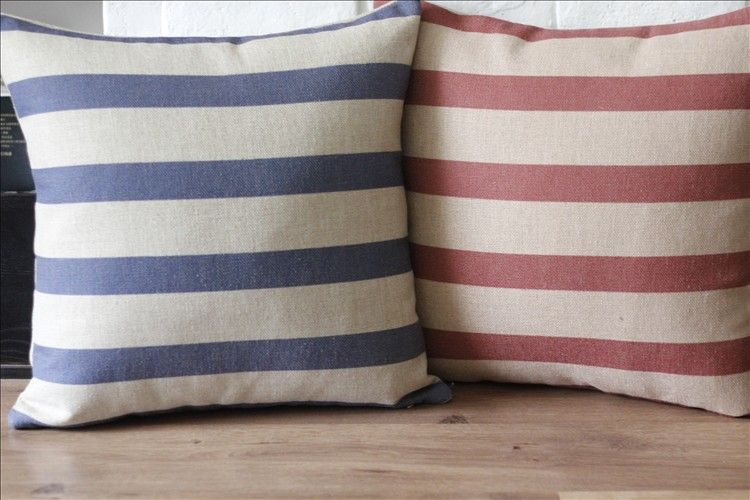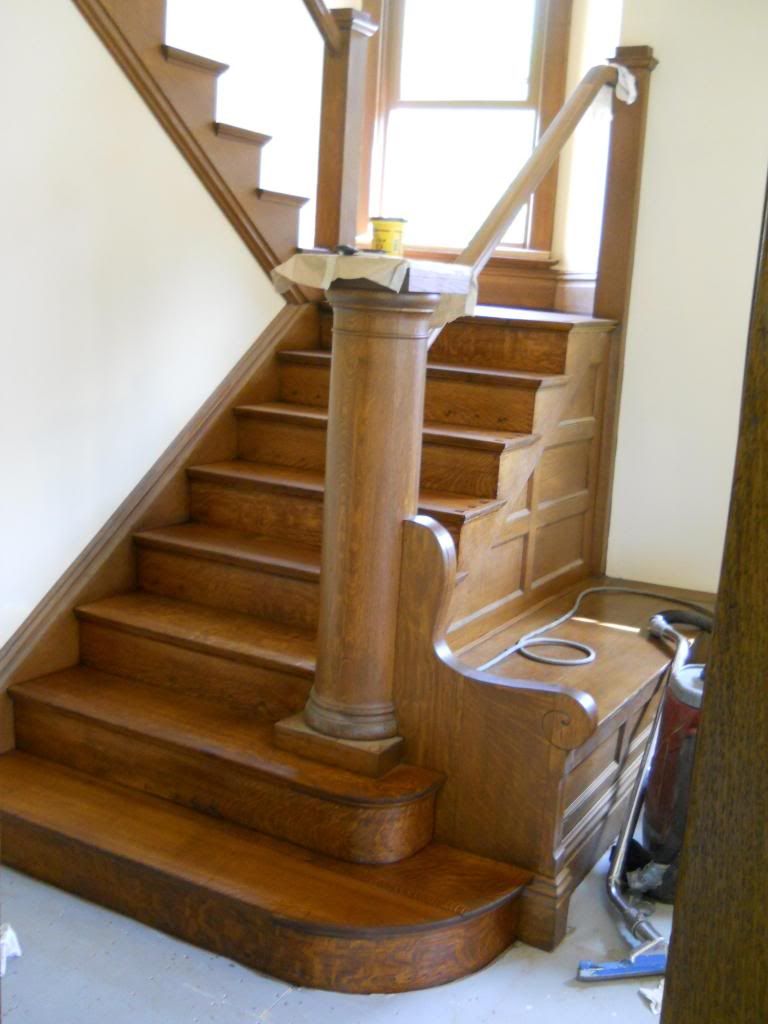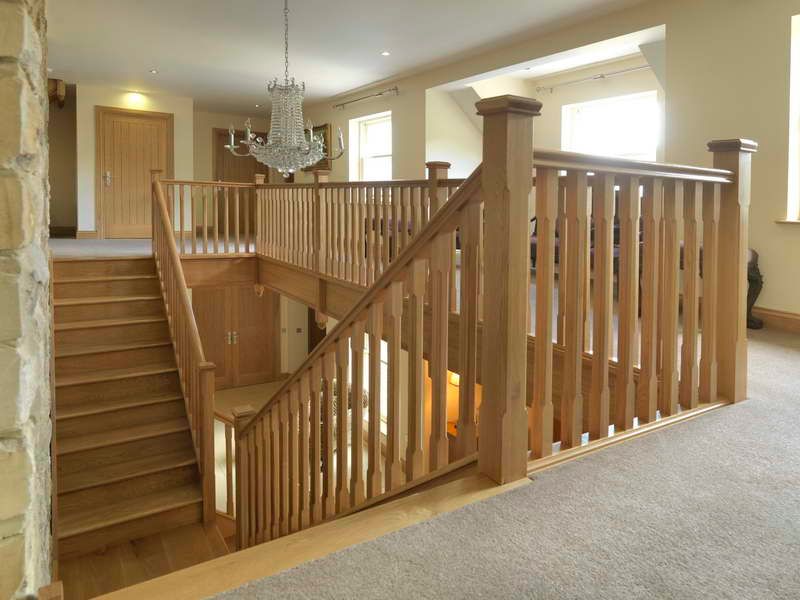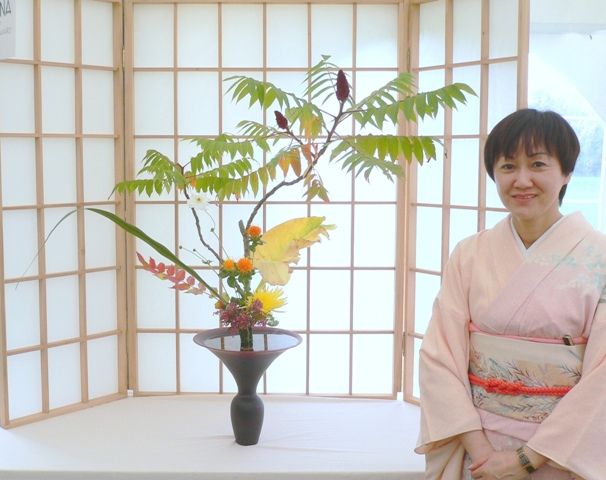
Whether you’ve just moved into your new house or you’ve lived there practically all your life, there comes a time when all houses need a new lick of paint, some new carpets, a new bathroom or a complete makeover. For most people, it’s a massive job and it’s difficult to know exactly where to start. Here are my top 5 tips for any homeowners who are taking the plunge and seeing how beautiful they can make their house.
- Make a list of things in the order they need to be done
It’s common sense to get the bigger jobs out of the way first and then concentrate on the smaller and more decorative things. Don’t start buying new carpets until you’ve painted the walls, and don’t paint the walls until all the plastering jobs have been done! Make a list, since this will help you along the way, especially if there are lots of different jobs and tasks which need to be done. You can sit down with other members of the household and combine your ideas and thoughts in order to make sure everything gets done as effectively as possible. Once you’ve listed all the things which need to be done, list them in the order which they need to be completed.
- Be careful who you hire
The term “cowboys” when referring to builders and other tradesmen hasn’t come out of nowhere – it’s evolved because of the poor and shabby workmanship which people have paid for on their houses. It’s incredibly important to hire somebody who you can trust to do the job properly. Never hire somebody just because you know them and you think they’re a nice person – people can have great personalities and yet they can’t do their job very effectively. The best way to decide who you’re going to hire is by going to houses where work has been done previously and having a look around. Most tradesmen will have a few references in the area which they can give you. Once you’ve got the contact details, get in touch with the homeowners, explain the situation and they’ll probably be more than happy to let you go and have a look at their home. If it’s an outside job, such as a conservatory or roofing task, you could have a drive to the house and view it from the outside without actually having to go inside.
Be careful when reading reviews from the individual’s website, since reviews on a managed website can be easily faked and might not be from real people who have used the services before. Go to websites which are not connected to the tradesman, such as directories and websites which allow people to advertise their services. These are much more likely to be true, although getting references and speaking directly to people is the best thing to do.
- Set a budget
One of the worst things you can do when refurbishing your home is to start getting into debt and having poorly managed finances. If you already have a mortgage and other bills which need to be paid on the house, getting more debt will just bring on stress and anxiety and won’t make the makeover of your home an enjoyable experience. When you’re making the list of things which need to be done, research the market rates for each job and find out an estimated amount which each job will cost. You can contact tradesmen and ask them to come to your house and give you a free quote for the work which you need doing. You can then keep track of the price each one gives you, and if you’re trying to decide between two workers, make the decision based on the price.
Another way to help with budgeting is to set a budget for each individual room of the house. For example, if you know the bathroom needs to be entirely taken out and replaced, give this a higher budget. The kitchen, on the other hand, might be in good condition and only need a new coat of paint on the walls, therefore, this room will be given a lower budget. You can always manage your finances effectively by downloading budgeting software and apps, and reading top 10 reviews on a variety of products is a brilliant way to find the perfect one.
- Do it your way
When people hear that you’re refurbishing your home, they’ll want to give you all their ideas about the house. However, remember that it’s your home and you can design and decorate it in the way that you want it to be done. You can appreciate their help and ideas, and you might be able to get some great tips from them, but don’t let them take over and make decisions for you. Remember that you’re the one who will be paying for the work to be done, so you shouldn’t feel pressured by other people into how you should be decorating the home.
Don’t rush when you decide how to decorate, especially when it comes to colour schemes and which colours are going to go in each room. Take samples of different colours of paints and different carpet patterns, and remember that there are loads of things to choose from, such as vinyl, wooden floors, thick carpets and rugs. Think about which colours which match in different rooms, and if there are other people living in the house, remember to ask their opinions too. If they sleep in one of the bedrooms, see if they have any preferences when it comes to colours, patterns and what type of furniture goes in the rooms.
- Shop around
Don’t walk into the first shop you see to buy your new fireplace, and don’t choose that patterned carpet just because you know the shop owner. Shop around – look online to see if you can get some good deals. A lot of carpet stores and DIY shops are hidden in warehouses that you never knew existed, and a quick Google search will reveal a variety of stores in your area where you’ll be able to purchase things.
The same applies to the tradesmen and workers that you hire – do your research and speak to as many different people as possible in order to get the best prices and the best value for money.
Have a look at the things that you can purchase yourself. For example, if you have a plumber coming to do some work on your bathroom, they will charge you extra for parts in order to make a profit. Taking the time to search these things yourself will enable you to find out what the current price is for the items, and if you want to purchase them yourself, you’re at liberty to do so.
Don’t miss out on vouchers and discount codes too. If you’re going to be spending quite a lot of money in one store, they may have a loyalty card or a discount voucher that they can give you for your spending. This will help your budget too, since you’ll be saving money on the budget and spending less than you anticipated!





